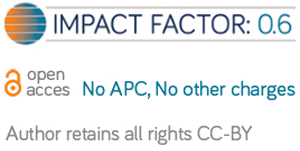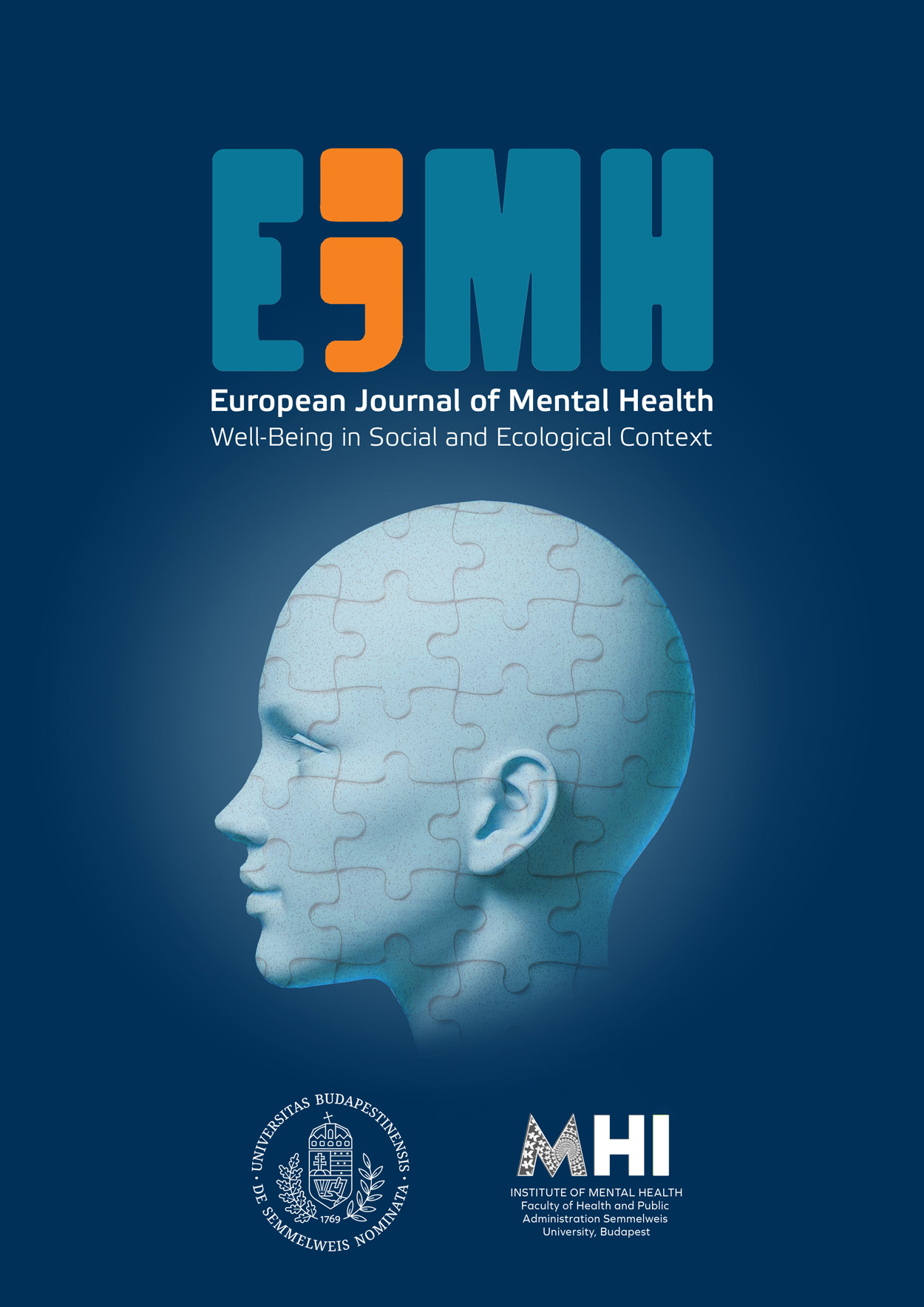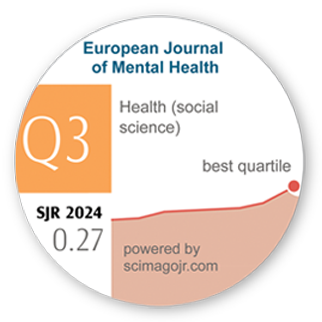Das Bild ungarischer Schüler von den deutschsprachigen Ländern und von den Deutschen
DOI:
https://doi.org/10.1556/EJMH.5.2010.2.3Keywords:
knowledge, stereotypes, efficiency of teaching, emotions, synthesizing learning, school children, Germans, German-speaking countries, surveyAbstract
The View Hungarian School Children Have of Germans and German-Speaking Countries: The paper presents the results of a follow-up study to a survey carried out 25 years earlier, which looked at the view of Germans held by Hungarian 8 th grade primary school children. In addition to determining how children at the end of their primary school studies viewed German-speaking countries and people, the purpose of the study was also to examine the degree to which their sources of information e.g., school, family, media and people they know influenced this picture. The assessment that was carried out also provided feedback to education policymakers regarding the efficiency of the transfer of knowledge to children via various subjects and other information sources, and about how this knowledge is incorporated into their larger set of knowledge. Besides the political changes of 1989–1990, the time is right to revisit the topic because of the amount of changes in the sources of information that influence the views held of Germans over this quarter of a century. In general, the influence of the media has become stronger, the social environment has changed, and there are also new points of emphasis in teaching. In part, the study served as an assessment of the current situation concerning the view school children have of Germans and German-speaking countries, while on the other hand, the aim was to compare these with the results from 25 years ago. After introducing the problem and the preparations for conducting the survey, the paper presents the considerations for selecting respondents, the questions and their purpose, the principles employed in evaluating the completed questionnaires, and the statistical results. Following a comparison of the results from 1980 and 2005, the stereotypical opinion of school children is compared to other similar results from Hungary and abroad. In closing, a review of relevant textbooks used by schools is presented in light of the questions posed. This was done in order to determine to what extent these might have contributed to the knowledge or lack thereof identified in relation to the questions examined. Differences between the questions used in the two questionnaires were minimised, in order to ensure that the responses could be compared. Some of the questions were not related to knowledge gained within the curriculum, in the fields of geography, history, and general knowledge, but rather focused on the emotions of school children regarding the issue.Downloads
Published
2010-12-06
Issue
Section
Articles
How to Cite
Das Bild ungarischer Schüler von den deutschsprachigen Ländern und von den Deutschen. (2010). European Journal of Mental Health, 5(2), 205-237. https://doi.org/10.1556/EJMH.5.2010.2.3





